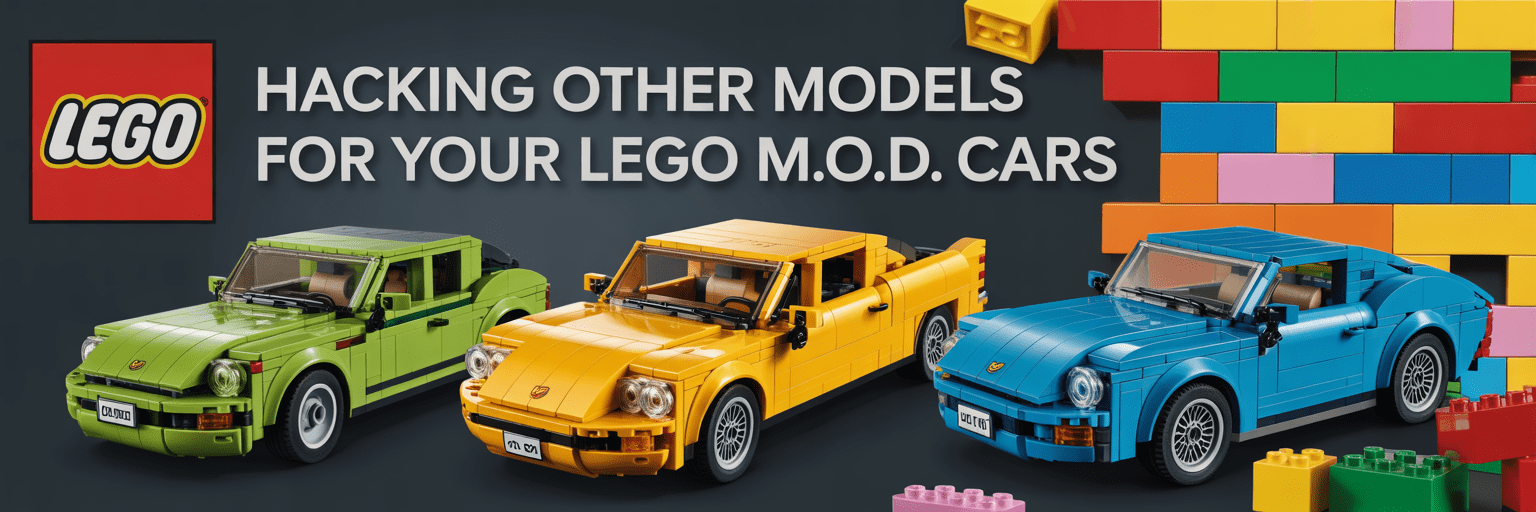
Turn Your Love of LEGO® MOC Building Into a Side Hustle
A practical, step‑by‑step guide to selling instructions, landing commissions, teaching classes, and using our LEGO1 generators to work faster.
If you love building LEGO® MOCs (My‑Own‑Creations), you’re already part of a thriving creative world. And here’s the best part—your passion doesn’t have to stay a hobby. With today’s digital tools, including our LEGO1 generator system, it’s easier than ever to turn creative energy into a real side hustle.
Why LEGO MOC Building Is Perfect for a Side Hustle
LEGO fans are constantly searching for unique builds, clear instructions, parts lists they can shop on BrickLink, and custom MOCs based on favorite themes. This steady demand means skilled builders—and anyone willing to learn—have a genuine opportunity.
- Unique, display‑worthy designs
- Easy‑to‑read instructions with subassemblies
- BrickLink‑friendly parts lists and substitutions
- Theme‑based packs and seasonal models
Ways to Turn MOCs Into Income
1) Sell Digital Building Instructions
List on marketplaces like Rebrickable or Etsy, or sell directly on your site. Package printable PDFs plus a parts inventory for best results.
Use our LEGO1 generators to produce structured build plans, variants, Buildability Scores, and recommended substitutions—so your docs look professional and sell better.
2) Offer Custom Commissions
Design one‑of‑a‑kind builds—cars, pets, landmarks, game characters. Our generators help you deliver quick concept snapshots, color recipes, and draft parts lists you can refine into a polished model.
3) Make Instruction Bundles or Build Packs
Bundles convert well: micro‑cars, tabletop décor, holiday sets. The generators help you brainstorm themes and output subassemblies, shopping lists, and display suggestions.
4) Grow with YouTube & Social Media
Share speed‑builds, “how I document a MOC,” or top substitution tips. Link to your instructions, build an audience, and add a revenue stream.
5) Teach Workshops—Online or Local
Run library classes, school sessions, or birthday mini‑builds. Generate beginner‑friendly models and printable guides in minutes.
6) Build Displays for Events
Hobby shops and local businesses commission seasonal dioramas. Our Diorama Pack support helps you organize modules and provide assembly notes.
How Our LEGO1 Generators Help You Work Faster
- Clear, BrickLink‑friendly parts lists
- Step‑by‑step build notes with subassemblies
- Real‑part substitution tables and color recipes
- Buildability Score and MOC labeling
- Four output levels: snapshot → full plans
A Simple Growth Roadmap
Beginner
- Create 1–3 original MOCs
- Generate instructions with LEGO1
- List on Etsy or Rebrickable
Growth
- Develop a recognizable style & brand
- Release themed bundles
- Launch a simple website & post regularly
Pro
- Offer commissions and workshops
- Sell physical kits or premium packs
- Partner with local shops & conventions
How Much Can You Earn?
- $50–$250 per custom commission
- $5–$30 per instruction download
- $100–$1,000 for event/display builds
Creators with consistent publishing and a strong audience can build meaningful recurring income over time.
Final Thoughts
Anyone passionate about LEGO MOC building can turn it into a side hustle. You don’t need fancy gear—just imagination, consistency, and a repeatable process. Our LEGO1 generators help you design faster, document better, and sell confidently.
Start small. Build what excites you. Share it. Your side hustle could begin with your next brick.
LEGO® is a trademark of the LEGO Group, which does not sponsor, authorize or endorse this site. Some rendered images may show colors or finishes that are not currently produced by LEGO; substitution notes are provided for real‑world building.







